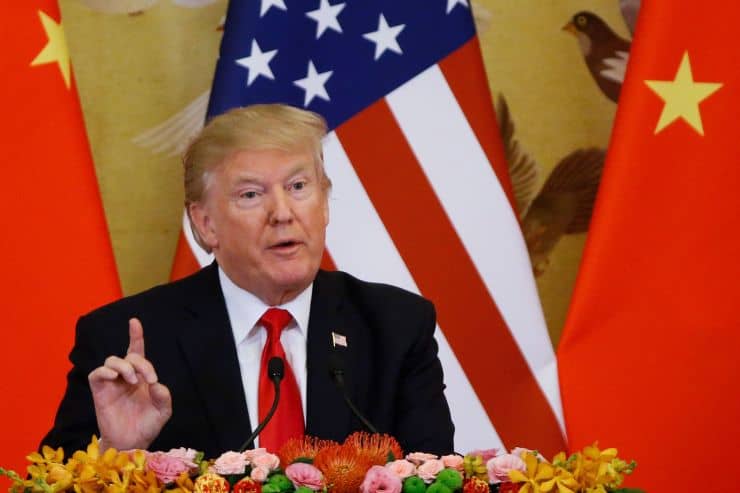
LG isn’t ready to show off all of the details around its next flagship phone just yet, but tonight it has revealed the technology we’ll see in the G8 ThinQ’s front-facing camera. By including a “Time of Flight” image sensor made by Infineon, LG claims it can deliver features like facial recognition, augmented reality and better selfies in all kinds of lighting conditions while using less power than other solutions like Apple’s FaceID.
While Apple’s TrueDepth technology for FaceID is similar to what we saw in the Xbox 360 Kinect where it projects thousands of laser dots then measures the distortion to figure out where things are, Time of Flight is the tech Microsoft hoped it would get better results from for the Xbox One Kinect device. By capturing IR light as it reflects off of a subject, the idea is that it will give more accurate results with less computing power. There have been rumors that Apple is considering implementing it in the iPhone’s rear-facing camera, however well-sourced analyst Ming-Chi Kuo shot those down, saying the device’s existing dual-camera setup would suffice.
Still, the G8 won’t be the first phone to use this technology. The same Infineon Real3 chip it’s using has been previously seen in Lenovo’s Project Tango-packing Phab 2 Pro that was an early standard-bearer for AR technology. We’ve also gotten a peek more recently in two Chinese phones: the Vivo Nex Dual Display Edition and the Honor View 20.
Besides AR and facial recognition, LG has already promised that users will say “Goodbye Touch” with hints of gesture control that could be linked to this same technology. Whatever the connections are — and whether or not rumors of a second screen add-on are true — we’ll find out in just a couple of weeks during Mobile World Congress, as LG’s launch event is scheduled for February 24th.























